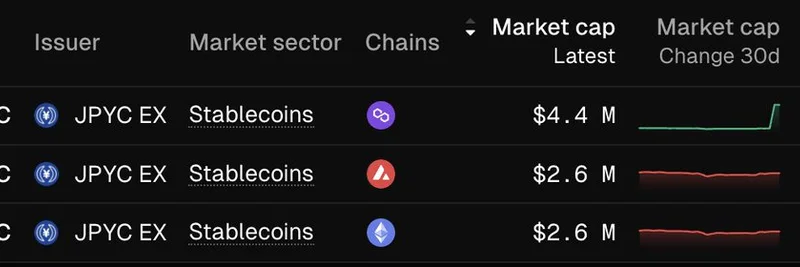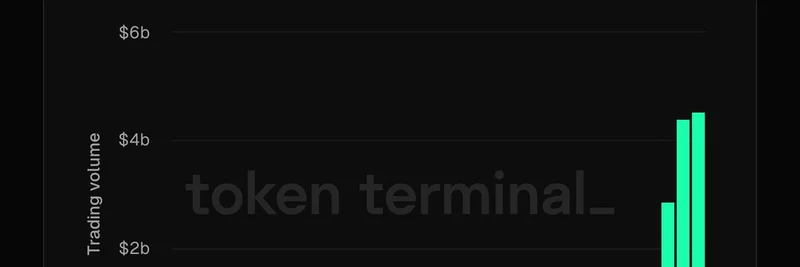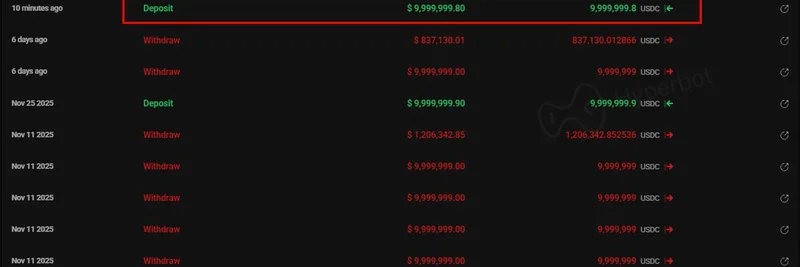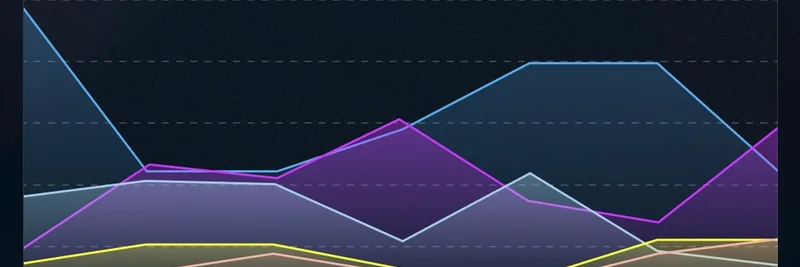The cryptocurrency world is buzzing with excitement, and one tweet from binji_x has caught everyone’s attention. Posted at 00:45 UTC on July 8, 2025, this post dives into why Ethereum ($ETH) might be on track to become the most deflationary mainstream asset ever. Let’s break it down and see what’s fueling this bold claim!
The Oil Mine Analogy: Supply vs. Demand
binji_x paints a vivid picture: imagine an oil mine producing just one barrel a day while Wall Street gobbles up six. That’s the current state of $ETH. The tweet highlights that companies like SharpLinkGaming and BitDigital_BTBT have absorbed 82% of the net new $ETH issued since the Ethereum Merge (298,770 ETH) in just one month. On top of that, spot Ethereum ETFs now hold 4.11 million ETH—11 times the net issuance. This massive demand is outpacing supply, creating a scarcity that could drive $ETH’s value higher.
The Ethereum Merge, which shifted the network from proof-of-work to proof-of-stake in 2022, plays a big role here. By eliminating mining rewards, the Merge cut new $ETH issuance dramatically. Pair that with a mechanism that burns a portion of transaction fees, and you’ve got a recipe for a shrinking supply—especially when network activity spikes.
Why $ETH Could Be Deflationary
So, what makes $ETH potentially deflationary? Here are the key factors binji_x points out:
- Programmed Burn: Whenever transaction fees rise, $ETH gets burned (removed from circulation). This turns the supply negative during busy periods, a unique feature compared to most assets.
- Native Yield and Staking: Validators lock up $ETH to secure the network, reducing the amount available on the open market. Right now, over 28 million ETH is staked, according to recent data.
- Institutional Demand: With spot ETFs and big players like SharpLinkGaming jumping in, the appetite for $ETH is growing fast.
This combo could make $ETH scarcer over time, especially if usage and institutional interest keep climbing. At $2,500 per ETH (as mentioned in the tweet), it’s still accessible to everyday investors, adding to its appeal.
The Bigger Picture: Reactions and Risks
The thread sparked a lively debate. Some, like MemeCoinTracker, are hyped, shouting “WAGMI!” (We’re All Gonna Make It!). Others, like Dan_Founder, urge caution, noting that $ETH’s deflationary status isn’t guaranteed—it depends on sustained network activity. If usage drops, the burn slows, and the supply could stabilize or even grow.
Comments also compare $ETH to other projects. Lisa Hensley and Jan mention $BURN and Solana, hinting at a trend toward deflationary tokens. Meanwhile, Jirachi calls $ETH a “scarcer by the day” opportunity at its current price.
What This Means for Meme Token Fans
At Meme Insider, we love tracking how big blockchain trends impact the meme token space. A deflationary $ETH could boost the entire ecosystem, including meme coins built on Ethereum. Scarcity often drives value, and if $ETH keeps climbing, it might pull projects like Dogecoin or Shiba Inu along for the ride. Plus, with institutional money flowing in, the legitimacy of crypto—meme tokens included—gets a nice shine.
Final Thoughts
binji_x’s take is a compelling case for $ETH as a deflationary powerhouse. With burns, staking, and institutional demand working together, it’s easy to see why some think it could outpace traditional assets in scarcity. But as always in crypto, it’s not a sure bet—network activity and market trends will decide the outcome. Whether you’re a $ETH holder or a meme token enthusiast, keeping an eye on these dynamics could be key to your next big move.
What do you think? Is $ETH set to redefine deflation, or is this just another crypto hype cycle? Drop your thoughts in the comments, and stay tuned to Meme Insider for more blockchain insights!




